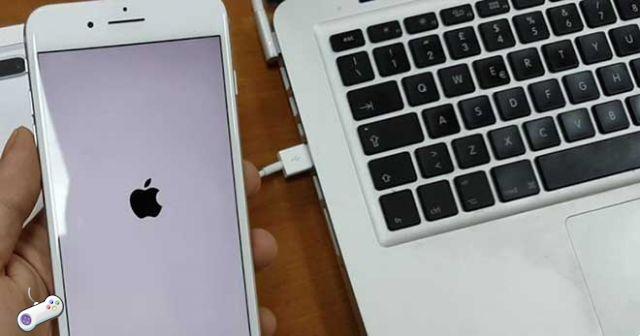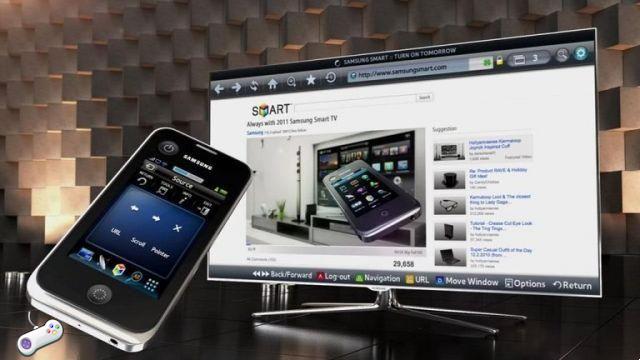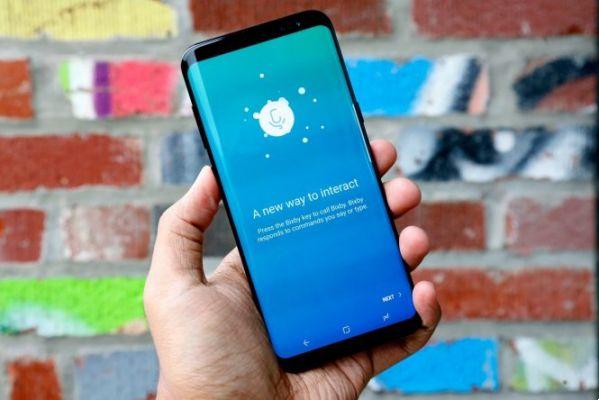
Sound problems in Windows 11 are usually not due to your computer hardware, although I can't be 100% sure. What I can tell you is that when no audio is heard or no sound comes out, this is very often due to software problems.
Why does my computer suddenly make no sound?
There are many reasons why audio problems occur in Windows 11. It could be the speakers or headphones, audio software or operating system, sound card or driver.
Fortunately, many audio problems in Windows 11 are due to a misconfiguration, the simplest solution could be like turning up the volume or choosing the correct audio device from the software you are using.
Identifying why your PC doesn't play or hear audio is pretty straightforward, although it may often happen that the audio only works at times, or only with certain devices, or with a particular program.
How to fix sound problems in Windows 11?
It can be difficult to diagnose no sound in Windows if you change your audio device very often, switch from headphones to speakers and vice versa. Follow these steps to understand what causes the problem and what to do to fix.
1. Check the volume level. Often a big problem needs a simple solution, check the volume of the audio output on your PC and that of the speaker or headphones.
Turn up the volume on your speakers or headphones as loud as possible, and also check that Windows 11 hasn't muted the sound. Next to the clock, select the sound icon and make sure the volume level is set to high.
Also, right-click on the icon and go to Open Sound Settings to make sure that the specific output device you are using is not disabled.
2. Check that the speakers / headphones are turned on and properly connected to the computer. The audio might work fine and your computer's volume is at maximum level, but you can't tell if the speakers are off or disconnected.
Some devices connect via Bluetooth and others use a cable, check if everything is ok according to the device used to listen to the music.
- Make sure your speakers or headphones are turned on
- Check that the speakers or headphones are properly connected to the PC
- Bluetooth devices must be paired with the PC
- Make sure the wired device is plugged into the correct port (often called "LINE OUT")
3. Set the audio device as default. If you have multiple audio devices connected, such as headphones and speakers, only one will play audio at any given time. You can set one of these as your default device, and listen to the sounds from it.
Right-click the sound icon from the system tray and choose Sounds. From the Playback tab, select a device and choose Set Default.
4. Verify that the software you are using is configured to stream audio to your device. For example, if you can't hear anything in an app like Zoom or Skype, go to the program's settings to make sure the app is set up to use headphones or speakers. Web browsers like Chrome and Edge allow you to mute a specific tab via the context menu.
5. Restart your computer. If you're still having sound issues in Windows 11 and haven't found anything out of place so far, there may be pending updates that need to be completed. It could also be a temporary incompatibility issue that will be fixed after reboot.
Right-click the Start button and go to Shut Down or Exit> Restart.
6. Connect the audio device to another computer or replace it with one you know works. The idea here is to see if the problem is with your PC or the device connected to your PC.
For example, if your speakers are not working on any computer, the speakers are likely to be broken. If your headphones work on other devices but not your Windows 11 computer, the audio problem is likely related to the operating system or other software installed.
If you only have one computer, try alternative ports. If you're using a headphone jack on your speakers, for example, use the one on your computer instead, or try USB or Bluetooth headphones to figure out the problem. Or, if you're used to using a speaker system, unplug it and plug your headphones directly into the audio-out port to make sure it's not the speakers that are causing sound issues in Windows 11.
7. Undo any recent changes you have made to the operating system that you think may have caused the sudden lack of sound in Windows 11. If you know that the sound has recently stopped working, just think recently what change you have made on your computer. Depending on your situation, this could include:
- You have uninstalled a program or program, perhaps a sound tool that has tampered with the sound card driver. If so, try reinstalling the program.
- Performing System Restore
- Roll back the audio drivers
8. Update Windows 11 with the latest fixes and features. There may be an update that fixes the problem with sound not working on Windows 11. Open Settings and go to Update & Security to check and install Windows updates. When done, be sure to reboot.
9. Update your PC's device drivers. A damaged or missing sound card driver may not hear sound even if peripheral devices, such as speakers or headphones, are working properly. Driver installation is really easy with free driver update software.
10. Run the Windows built-in audio troubleshooter. There are two troubleshooting tools you can access:
- Right-click the system tray sound icon and select Troubleshoot Sound. Answer the questions on the screen.
- From Settings, go to Update & Security> Troubleshoot> More Troubleshooter> Audio Playback. Select Run the troubleshooter and follow the onscreen steps.
11. Restart the audio services. The troubleshooter above may have done this already, but it doesn't hurt to do it again manually, especially before doing the final and destructive step below.
Search for Services in Windows and then find each of these from the list. Right-click, one at a time, and choose Restart for each of them.
- Audio on Windows
- Windows Audio Endpoint Builder
- Remote Procedure Call (RPC)
If all the solutions listed in this guide did not work, all you have to do is reset Windows 11, and restore it to its factory state, in simple words like when you bought it.
To reset Windows 11, open Settings and go to Update & Security> Recovery> Reset PC.


























